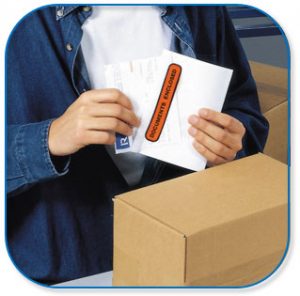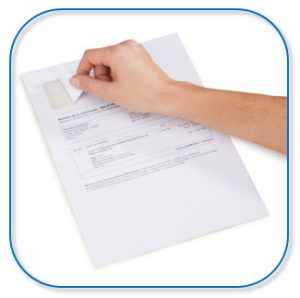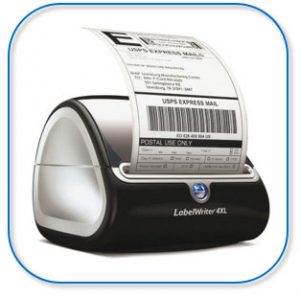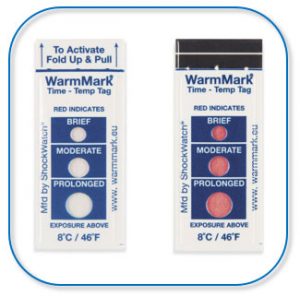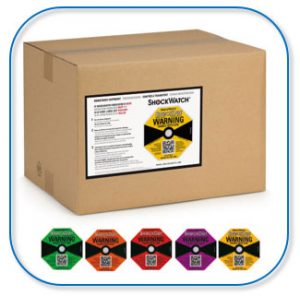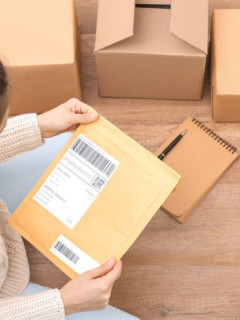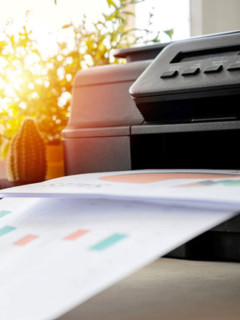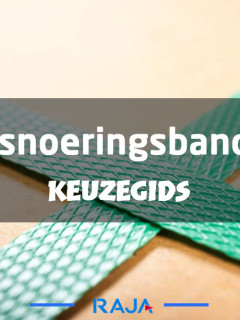Shipping your product safely? Then you can’t do without packaging labels. In this overview, we look at all labels that can be stuck on a box. We also take a closer look at some less common types, such as temperature and shock indicators. We start with tips that come in handy when using these types of labels and tags.
Tips for packaging labels
Packaging labels provide an additional guarantee of safe transport and proper storage. What should you definitely consider?
-
It is best to stick a label on the side of your box, not on top. Boxes are often transported stacked, making labels on the top invisible.
-
Do not stick labels on a fold or a corner. This makes the label more difficult to read and a barcode more difficult to scan. Also, do not stick the label over tape: opening the box could damage the label.
-
Always stick a warning label on the largest surface of the parcel. This increases the chances of good visibility.
-
Don’t overdo it with the number of labels. Limit yourself to the most necessary (e.g. about three) because with too many labels the message becomes unclear.
-
Finally, remember to always respect the proper formalities when exporting. You can find more information on this page.
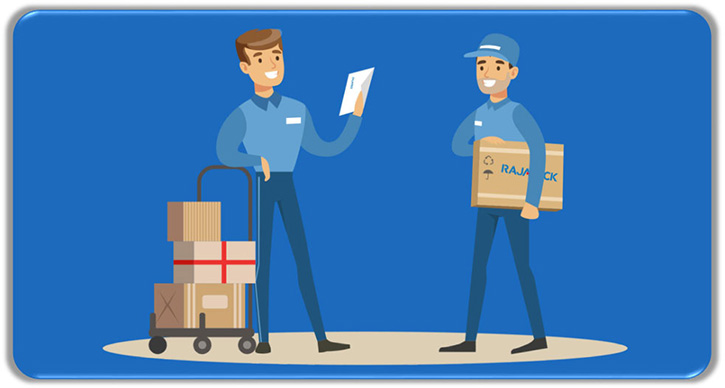
Choose from seven types of packaging labels
In this overview, we show you all types of packaging labels, both for use in the Netherlands and far beyond.
► Document sleeves
With a document sleeve, your most important shipping documents always stay dry and are immediately visible to anyone who gets their hands on your parcel. In a document pouch, you often put an invoice, the shipping address or a description of the contents. That way, you don’t have to open the parcel or box to know the contents, by the way. So all the documents needed for your shipment are safe with the parcel and cannot be lost. Thanks to their strong self-adhesive backing, you can stick them to any surface. There are also variants with printing to make it even clearer what is inside (such as packing list, invoice or documents enclosed).
► Shipping labels
The sleeves from above are mainly used for larger boxes and crates. If you ship smaller boxes, then ‘shipping labels‘ come in more handy. They contain a compact overview of all shipping info needed: the address, order number, a barcode, etc. E-commerce labels have also been designed especially for webshops. This is basically a sheet on which the invoice or delivery note is printed with an integrated label at the top. This label is then printed with the shipping or return address: handy for your packer or your customer. Custom formats exist, suitable for the biggest e-commerce players such as Amazon, Ebay and Prestashop.
► Thermal labels
Thermal labels are a separate type of packaging labels due to their printing technique. People use them mainly when printing price stickers or shipping labels (with an address and/or a barcode). When printing standard labels, black ink or toner is usually used. With a thermal label, however, this is not the case. The message is ‘burned’ onto the thermal paper (with an ink ribbon). The print is therefore more resistant to water and lasts almost indefinitely, with no loss of pigment. Thermal printers are very compact, require hardly any maintenance and print very quickly. The reason why they are often used on packing tables.
► Packaging labels
A packaging label is indispensable if you want to give the right instructions to the sender or receiver. The pictograms below are the most commonly used and you have undoubtedly seen them before:
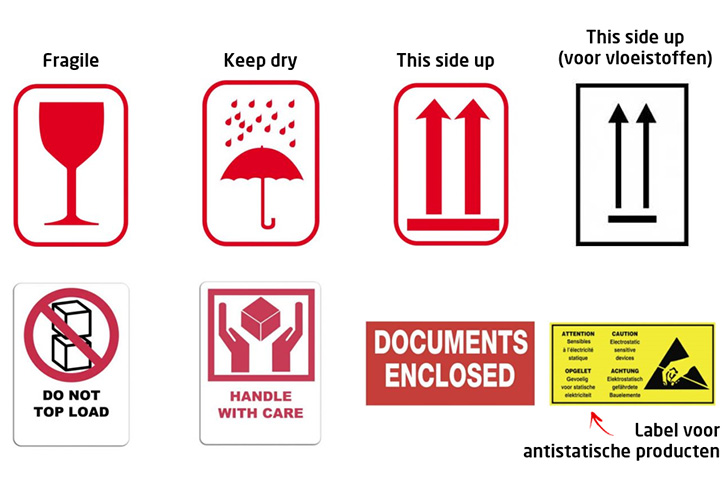
► Danger labels
If you ship toxic or flammable products, for example, hazard labels are an absolute must – and often even required by law. These labels have a regulation size of 10 x 10 cm. Their bright colour (red or white) makes them stand out immediately against a brown box. Advice on the use of these types of labels can be found on the website of the European Chemicals Agency (ECHA).
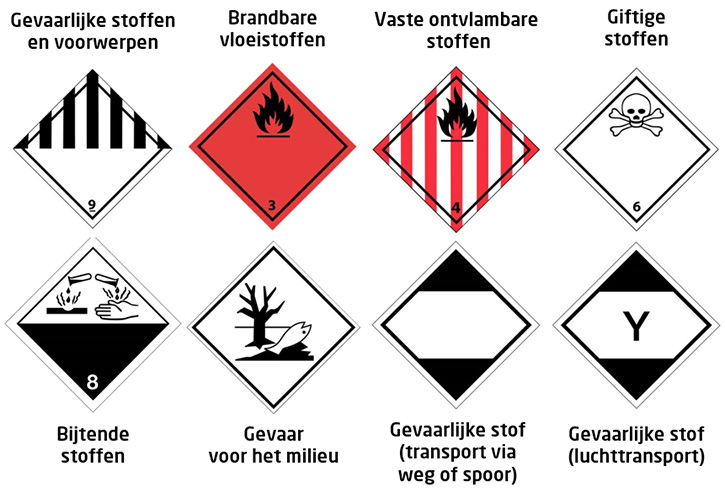
► Temperature indicators
A temperature indicator turns red or purple (it depends on the type) when your parcel is exposed to too high or too low a temperature. In combination with a cooler, they are indispensable for shipping food, medication or electronics, among other things. Such an indicator should also be combined with a warning label stating which instructions to follow if the temperature indicator is discoloured. Temperature indicators are applied to both the inside and outside of a package.
► Shock indicators
Another special set of packaging labels are shock indicators. The name actually says it all: these indicators react to shocks (and then turn red). So you know on receipt whether your parcel has been dropped during loading, transport or unloading. Depending on the weight and volume of your parcel, you will have to use a different type of shock indicator. Each type of indicator has a separate colour for this purpose. Just like temperature indicators, it is best to combine such a shock indicator with a warning label so that the receiver can interpret the indicator correctly. Shock indicators are often only stuck to the outside of the packaging.
Choose your packaging labels here










